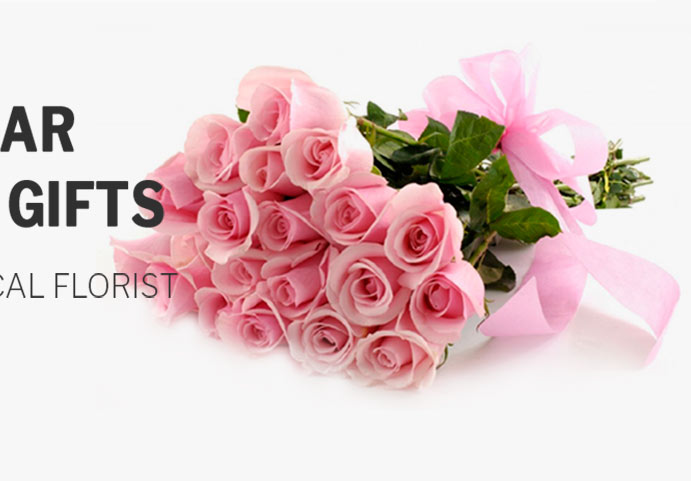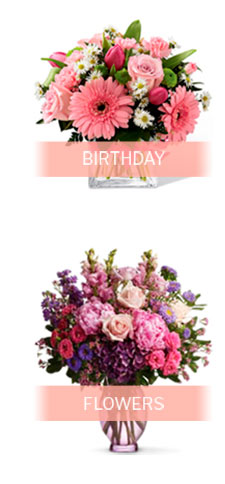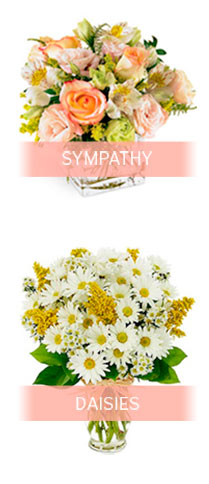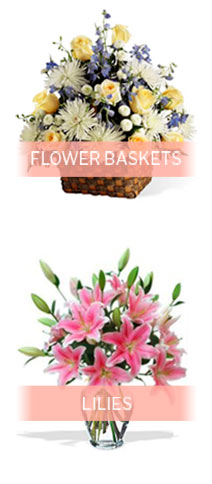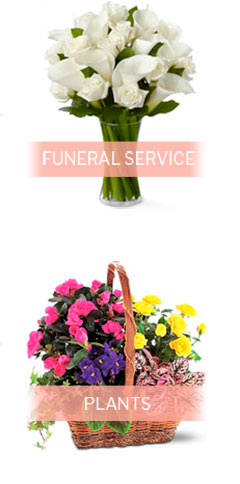|
||||||||||
|
||||||||||
|
||||||||||
 |
|||||
|
 |
||
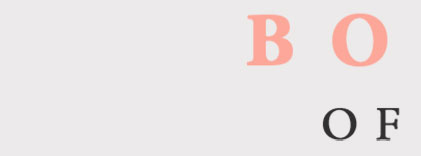 |
 |
 |
 |
 |
|
Flower Arrangements for Wedding Tables: A Comprehensive GuideWhen envisioning the perfect wedding, the attention to detail is paramount, and one of the most exquisite details lies in the floral arrangements that grace the tables at the reception. The art of arranging flowers for wedding tables is not merely about aesthetics; it’s an intricate dance of color, texture, and emotion that can set the tone for the entire event. With countless options available, choosing the right arrangements can be both thrilling and overwhelming. Let us delve into the nuances of flower arrangements for wedding tables, exploring the various styles, trends, and considerations that can help make your special day memorable. The first step in selecting flower arrangements is understanding the overall theme of the wedding. Whether it’s a rustic barn wedding, a sophisticated black-tie affair, or a whimsical garden party, the flowers should harmonize with the setting. Rustic themes might favor wildflowers and greenery, while a more formal event may lean towards classic roses and lilies. Additionally, the color palette plays a crucial role; soft pastels evoke romance and tenderness, whereas bold, vibrant hues can infuse energy and joy into the celebration. One cannot overlook the importance of the season when selecting flowers. Opting for seasonal blooms not only ensures freshness but also aligns with the environmental ethos of sustainability, which many modern couples cherish. Spring weddings may feature peonies and tulips, while summer celebrations could be adorned with sunflowers and dahlias. Fall and winter weddings offer their unique charm with chrysanthemums and amaryllis, respectively. Moreover, the arrangement style is a significant consideration. From traditional centerpieces to more contemporary styles like garlands and floral runners, the design should complement the table settings and venue layout. Tall arrangements can add drama and grandeur, particularly in venues with high ceilings, but they might obstruct views and conversations at smaller tables. Conversely, low arrangements foster intimacy and allow guests to interact more freely. The choice of vases and containers, from rustic wooden boxes to elegant crystal vases, further personalizes the arrangements. Now, let’s ponder the financial aspect. Wedding flowers can constitute a substantial portion of the budget. It’s imperative to balance aspiration with pragmatism. Engaging a skilled florist can transform visions into reality, often with creative solutions that maximize impact without exceeding financial constraints. DIY arrangements are another option, offering personalization and budget control, yet they demand time, skill, and a calm demeanor under pressure. Finally, let us not forget the sensory dimension. Beyond visual appeal, flowers bring fragrance to the celebration. However, it’s wise to consider the potency of scents to avoid overwhelming the senses. Delicate aromas of lavender and eucalyptus can soothe, while more intense fragrances might require moderation.
FAQWhat are the most popular flowers for wedding table arrangements?Some of the most popular flowers include roses, peonies, hydrangeas, and lilies due to their timeless beauty and versatility. How can I incorporate seasonal flowers into my wedding?Consult with your florist to identify flowers that are in bloom during your wedding season, which will ensure freshness and often a lower cost. What are some budget-friendly tips for wedding flower arrangements?Consider using more greenery, opting for larger blooms to fill space, and repurposing ceremony flowers for the reception. Should I consider fragrance when choosing flowers for wedding tables?Yes, it's important to select flowers with mild scents to avoid overpowering guests’ senses, enhancing the overall experience. https://www.weddingflowersforrent.com/collections/centerpieces?srsltid=AfmBOopu0FrBfXy04w-mTwHjJJ2D2dbgS0k8PtD3Hgy7nULxlHKMnlVV
Collection: Centerpieces - Tall Centerpiece Only (No Stand) - Tall Centerpiece (Stand Included) - Focal Point Centerpiece - Venetian Luxe Lavender Centerpiece. https://www.lingsmoment.com/collections/centerpieces?srsltid=AfmBOorkMxwJhCs_azaGf2C-EyOOJLnM1VgayIfhNMrYx0tu4Bhmlqce
Find DIY-friendly wedding centerpieces at Ling's Moment. Affordable, beautiful designs that allow you to personalize your wedding table decor. https://fiftyflowers.com/collections/wholesale-centerpieces
Sort by color or price range to discover the exact fit for your color palette and budget. Centerpiece packages come in a wide variety of flower and color ...
|








